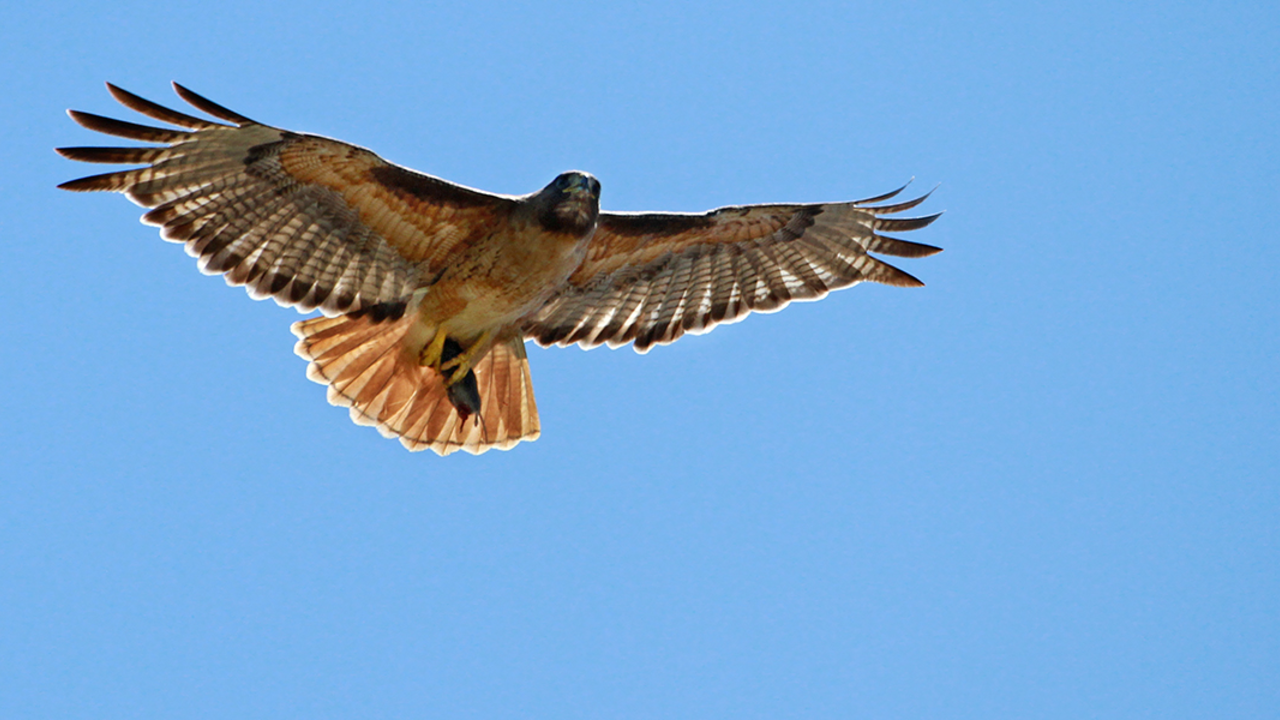A Hawkwatcher’s View of the New Hawk Hill

Will Elder/National Park Service
I wrote an earlier article on the background of the Hawk Hill restoration issue and its ecological intricacies (December 2011 Park E-ventures article), but here I wanted to address the big question that I heard only a few hundred times this autumn: what happened to the hawks as a result of the tree removal? I asked the GGRO hawkwatchers to chime in on this subject, and as a result I got some great comments, quoted below, from long-time volunteer hawkwatcher John Odell.
I have some ideas from spending dozens of hours watching the 2012 hawks fly by, but I am certain that my own view is tainted by the fact that we had a great raptor flight this year. The final numbers aren’t in yet, but our four bread and butter species, Turkey Vultures, Red-tailed, Cooper’s, and Sharp-shinned Hawks all seemed to be on biorhythm highs in 2012.
A second thing to note is that the GGRO hawk count runs on a quadrant system, where hawk counters focus their attention on a particular quadrant (north, east, etc.) for an hour at a time, tallying all hawks in their purview. This allows us to maintain even surveillance on all sides of Hawk Hill. Significantly, the tree removal opened up the view of the horizon where south meets west.
John Odell had an interesting angle on this. He wrote: “The west quadrant became a quadrant, not an eighth of the sky. This meant, for one, that we had at least twice the time to observe raptor transits. And those raptors were heavily weighted towards accipiters.” Interestingly, this longer time to view hawks might actually translate in our dataset to fewer hawk sightings, because we didn’t lose them visually in the trees, only to be recounted later.
John also noted that in 2012 there was “a new raptor updraft chimney along the west-facing slope where the trees used to be.” A raptor chimney—what is that? When the winds blew from the west, they deflected upward on that facing slope. Accipiters and Redtails alike enjoyed the free boost to their altitude. John added that this gave many hawkwatchers a longer period of time to study hawks while they climbed into the western sky.
Many were concerned that the Hawk Hill tree removal would eliminate a sheltered resting place for songbirds and hawks alike, and that this might have a negative effect on migration numbers over time. I want to note that there are hundreds of pines and cypresses a mere half-mile away in Kirby Cove, and that bird migration has likely been active here for tens of thousands of years—before the conifers first arrived in the 1940s.
Finally, there has been a fascinating, non-birdy effect of the tree removal. John called it serendipitous and described it perfectly: “At the elevated radar pad at the southwest end of Hawk Hill, the afternoon west winds, previously blocked by the trees, stream through its steel struts and make it sing. The harmonics are eerie, but beautiful.”
Many thanks to John Odell for writing my essay for me.
